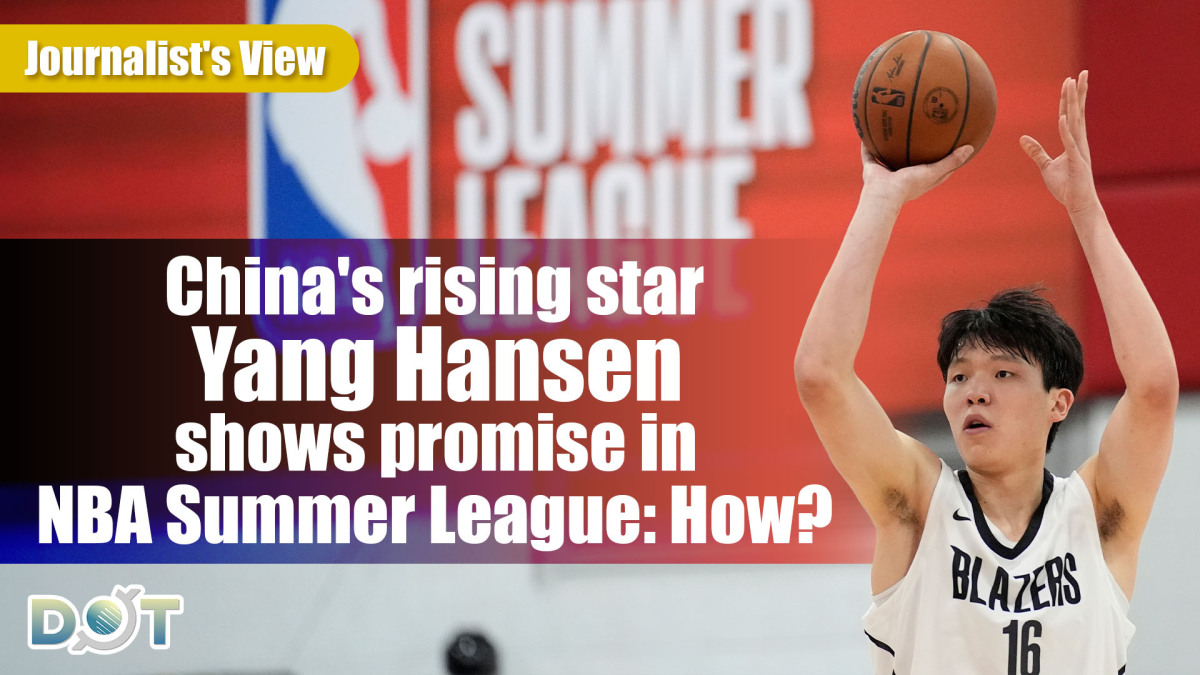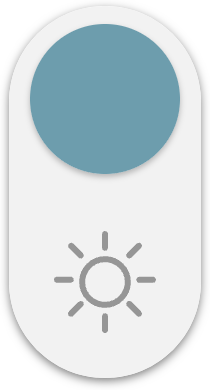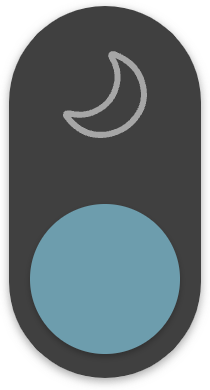
By Darius
On July 17 local time, Chinese basketball rising star Yang Hansen completed all four of his games in the NBA Summer League. So far, his performance has had notable highlights, but some shortcomings are also evident.
First, let's talk about what the Summer League is. Simply put, the NBA Summer League is a series of games organized before the start of each season, primarily designed for rookies and young players without guaranteed contracts to showcase their skills.
The key focus, thus, is not on the results but on the process. If a player demonstrates a high level of play or shows traits that catch the attention of scouts and team management, he may earn a contract if he doesn't already have one. For those who are already rookies, it's an opportunity to display their abilities and help their teams formulate development plans. Additionally, the intensity of the Summer League is generally higher than in other basketball leagues, making the competition among young players an excellent way for them to refine their skills.
So, the good news is that in these four games, Yang has displayed one of the most crucial traits a player can have: adaptability. The NBA, as the world's premier basketball league, has seen countless talents over the years. It's fair to say that every basketball prodigy dreams of earning an NBA team's favor. However, some struggle with "adjustment issues" after entering the league—advantages they had in lower-tier leagues or college basketball become less effective, while previously hidden flaws are exposed. If they can address these issues and enhance their strengths, they can adapt to the NBA; otherwise, they'll be phased out in the end.
What I've observed in these four games is that while Yang initially appeared somewhat uncomfortable against higher-intensity defense, he consistently regained his rhythm after communicating with the team during breaks. Moreover, his performance improved with each game—from showcasing playmaking and technical skills in the first game, to attacking the rim in the second, demonstrating resilience and three-point shooting against tough opponents Queen and Missi in the third, and excelling in rebounding and defense in the fourth. This adaptability and potential for growth have left fans satisfied, proving that Yang is indeed a promising talent.
Of course, due to limitations in stamina and physicality, Yang has shown some struggles in finishing plays—many seemingly makeable shots fell just short, and he occasionally fumbled catches ("butterfingers"). Against more athletic opponents, he had to exert extra effort to execute certain moves or defend aggressively, often leading to visible fatigue before the game ended. However, given that NBA teams have dedicated strength and conditioning staff, this issue should be improvable.
Trail Blazers head coach Chauncey Billups remarked that Yang possesses many unteachable qualities. Indeed, anyone who watched the games could see that when Yang was on the court, the team's offense was noticeably more organized. Once he subbed out, many plays broke down, and the game often turned into chaotic, disjointed basketball. This kind of all-around impact, which doesn't always show up in the stat sheet, is something teams will value in the future.
Some international fans have already given Yang the playful nickname "Yaokic"—a blend of Chinese basketball legend Yao Ming and current NBA superstar Nikola Jokić. Of course, such lofty comparisons are premature, but Yang's playing style does carry some of Jokić's craftiness, and his solid fundamentals and sturdy frame inevitably bring to mind the man once known as "The Great Wall."
Keep pushing, young star! The path ahead is bright.
Related News:
Journalist's View | Show your best, Yang Hansen!
Yang Hansen selected by Trail Blazers with 16th pick in NBA Draft




















Comment